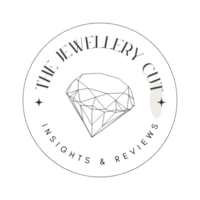Invest in understanding the nuances of gold filled vs gold plated, as this knowledge can enhance your jewelry collection and purchasing decisions. Learning the differences between these two finishes empowers you to choose pieces that reflect both quality and value.
Understanding the Composition of Gold Filled and Gold Plated Jewelry
When choosing between gold filled vs gold plated, it’s essential to understand their respective compositions. This knowledge not only helps in making informed purchasing decisions but also provides insight into how these materials might perform over time.
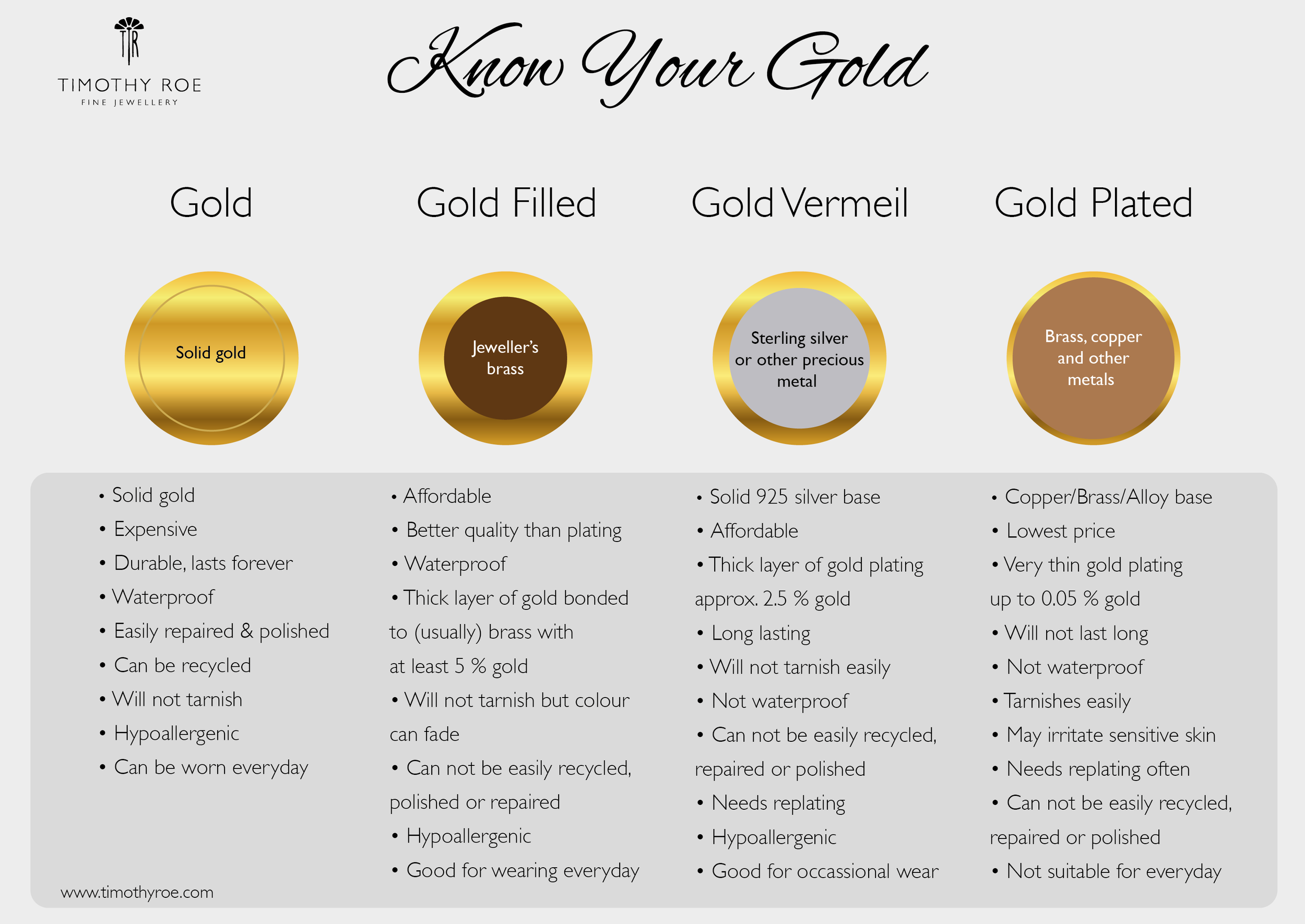
Composition of Gold Filled Jewelry
Gold filled jewelry is made by mechanically bonding a layer of solid gold to a base metal, usually brass or copper. The gold layer is much thicker than in gold plated items, generally comprising at least 5% of the total weight of the piece. This process allows for a more durable finish that maintains its appearance longer than plated options.
On the other hand, the base metal is covered with a thin layer of gold in gold plated jewelry. The thinness typically does not exceed 1/100th of the total weight, which can lead to the base metal showing through over time as the gold wears away, particularly in high-wear areas.
Composition of Gold Plated Jewelry
Gold plated items are finished through a process called electroplating. In this method, a thin layer of gold is deposited onto the surface of the base metal using electrical current. While this can create an appealing aesthetic, the bond is generally weaker than that of gold filled vs gold plated, making it more susceptible to scratches and tarnishing.
The underlying metal used in gold plated jewelry can vary greatly, which affects the item’s longevity and maintenance. Many times, less expensive metals are used, which can corrode faster, compromising the look of the jewelry.
Evaluating the Appearance of Gold Filled and Gold Plated Jewelry
Appearance plays a significant role in jewelry selection, especially when distinguishing between gold filled vs gold plated options. Understanding the visual characteristics can aid in determining the most suitable choice for personal style and occasions.
Visual Qualities of Gold Filled Jewelry
Gold filled jewelry typically exhibits a rich, warm appearance that closely resembles solid gold. Its thicker gold layer contributes to a shine that is long-lasting and resistant to fading. Because it endures better under wear conditions, it tends to maintain its look over time, making it a favored option for those who desire a luxurious effect without the exorbitant price tag.
The craftsmanship found in gold filled pieces often reflects higher quality, as the bonding process requires a certain standard of manufacture. Therefore, one can expect finer detailing and a more substantial feel compared to plated alternatives.
Visual Characteristics of Gold Plated Jewelry
Gold plated jewelry, while still visually appealing, often lacks the same depth and richness found in gold filled pieces. Over time, as the gold layer wears off, the underlying metal may become exposed, diminishing its overall aesthetic appeal. This can be a concern for those who wear jewelry frequently.
The visual finish can also show signs of wear sooner rather than later. Depending on the thickness of the gold layer and the care taken, the initial vibrancy of the piece can fade, leading to a less polished look.
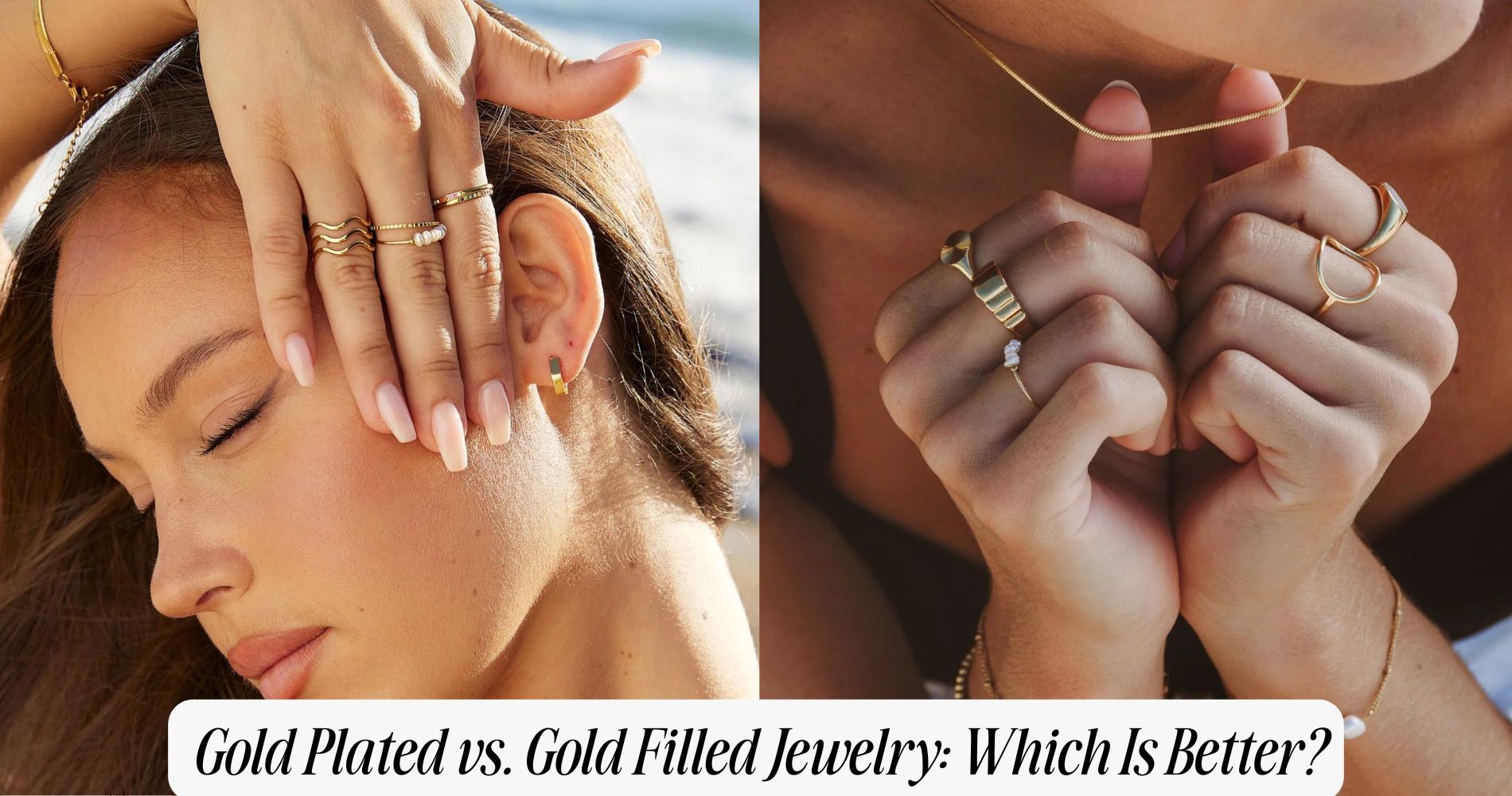
Analyzing Durability of Gold Filled Versus Gold Plated Jewelry
Durability is a critical factor in jewelry investment decisions. When examining gold filled vs gold plated, one must consider how each stands up to the rigors of daily wear.
Durability of Gold Filled Jewelry
Due to its thicker gold layer, gold filled jewelry is significantly more durable than its gold plated counterparts. With proper care, these pieces can endure the daily demands much better, resisting scratches, tarnishing, and wear. This makes them an ideal choice for individuals who desire a long-lasting piece they can wear regularly.
Moreover, gold filled pieces tend to retain their value over time as they involve a more substantial amount of gold in their composition. This can make them an attractive option for those looking to invest in jewelry that will stand the test of time.
Longevity of Gold Plated Jewelry
Gold plated jewelry, while more affordable, does not boast the same level of durability. The thin gold layer can wear off quickly, especially if worn daily. Even with careful maintenance, the lifespan of these pieces is usually limited, often requiring replacement or re-plating to restore their original appearance.
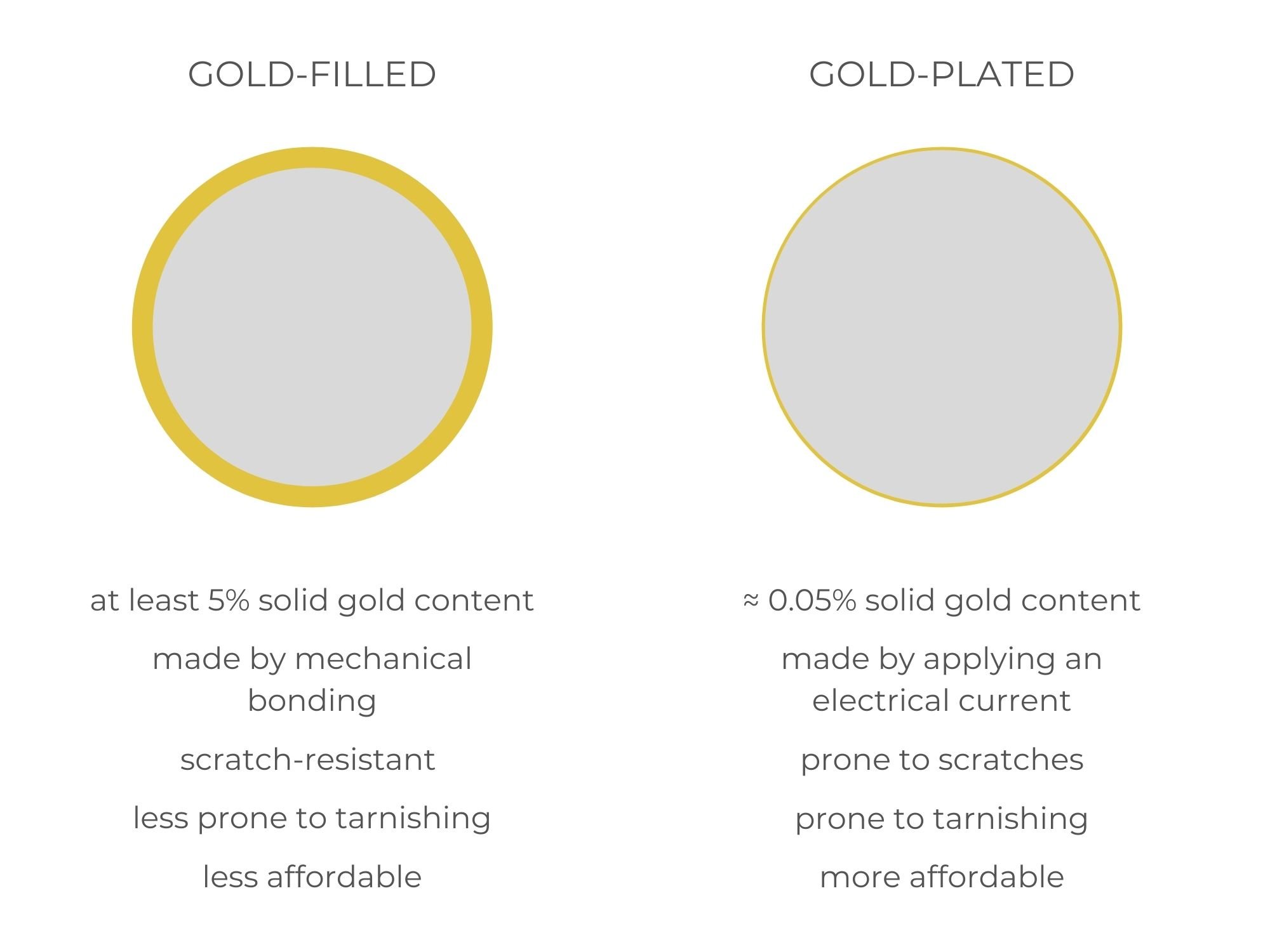
As such, individuals seeking lasting jewelry may find gold plated options less fulfilling in the long term. The necessity of replacing these items frequently can lead to higher overall costs, particularly for avid jewelry wearers.
Assessing the Price Factor of Gold Filled and Gold Plated Jewelry
Price is often a deciding factor for jewelry buyers. Understanding the financial implications behind gold filled vs gold plated can help in making a sound investment choice.
Cost Considerations for Gold Filled Jewelry
While gold filled items come with a higher initial price tag due to the thicker layer of gold, they often provide better value over time. Their durability and resistance to wear lead to extended use, which can justify the upfront expense. Additionally, the resale value tends to be better for gold filled pieces, further enhancing their affordability factor in the long run.

Investing in gold filled jewelry can be seen as prudent for those looking to balance quality with cost. It offers a mid-range option that caters to a more refined taste without venturing into the luxury markets.
Affordability of Gold Plated Jewelry
Gold plated jewelry is generally much more budget-friendly, appealing to those who desire the look of gold without a hefty price. However, prospective buyers should consider the potential costs of replacing pieces that lose their gold finish over time.
While the initial cost is low, frequent replacements or repairs could make this choice less economically sound. Therefore, those opting for gold plated items should weigh their desire for aesthetic over longevity, which might impact their overall satisfaction.
Maintenance Requirements for Gold Filled and Gold Plated Jewelry
Proper maintenance can influence both the appearance and lifespan of jewelry pieces. In considering gold filled vs gold plated, understanding the upkeep required for each type can enhance their longevity.
Caring for Gold Filled Jewelry
Gold filled jewelry requires minimal maintenance to keep it looking its best. Simple cleaning with a soft cloth after use can help remove oils and dirt, preventing tarnish from forming. It’s advisable to avoid exposure to harsh chemicals or frequent water immersion to maintain clarity over time.
Additionally, storing gold filled jewelry separately can prevent scratching and damage, promoting a longer-lasting, polished appearance. With proper attention, these pieces can retain their beauty for years.
Maintenance for Gold Plated Jewelry
In contrast, gold plated jewelry needs a bit more care to sustain its initial look. Regular polishing with a delicate cloth is critical to prevent tarnish and maintain its shine. However, wearers should steer clear of water or chemical exposure, as these can accelerate wear.
Consistent care is crucial for extending the life of gold plated jewelry. Without committed maintenance, the piece may not look as good after a short period, leading to dissatisfaction over time.
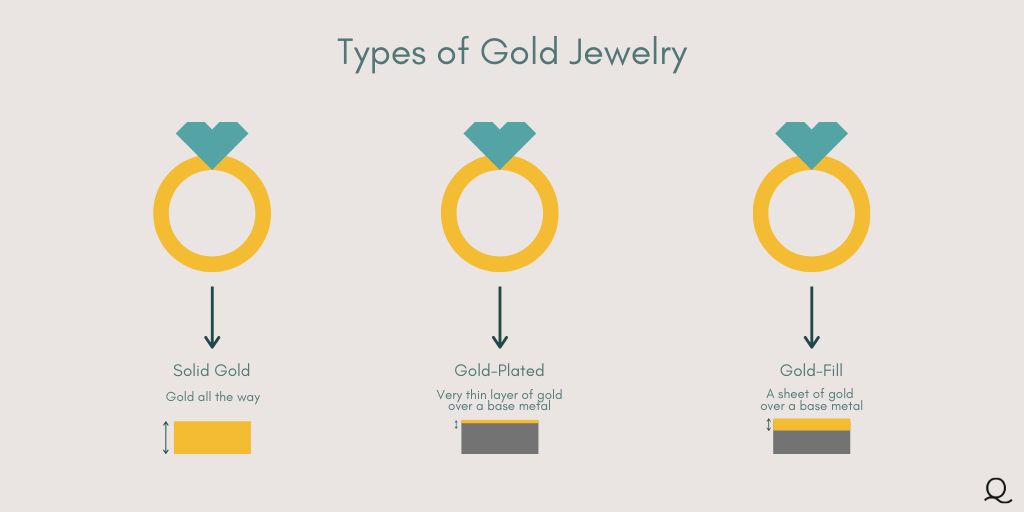
Allergen Considerations in Gold Filled and Gold Plated Jewelry
Sensitive skin can be a significant factor in jewelry choices. When evaluating gold filled vs gold plated, it’s important to consider the potential for allergic reactions.
Skin-Friendly Qualities of Gold Filled Jewelry
Gold filled jewelry is an excellent option for those with sensitive skin. The solid gold layer binds well and is less likely to cause irritation as it is generally hypoallergenic. The substantial layer of gold reduces the chances of the base metals reacting with skin, making it a safer choice for everyday wear.
For individuals who have previously experienced skin reactions to jewelry, investing in gold filled pieces can bring peace of mind and comfort while enjoying beautiful accessories.
Allergens in Gold Plated Jewelry
Conversely, gold plated jewelry often utilizes a variety of base metals that may trigger allergic reactions, particularly in those with sensitivities. The thin layer of gold may not prevent contact with the underlying metal, potentially leading to skin irritations.
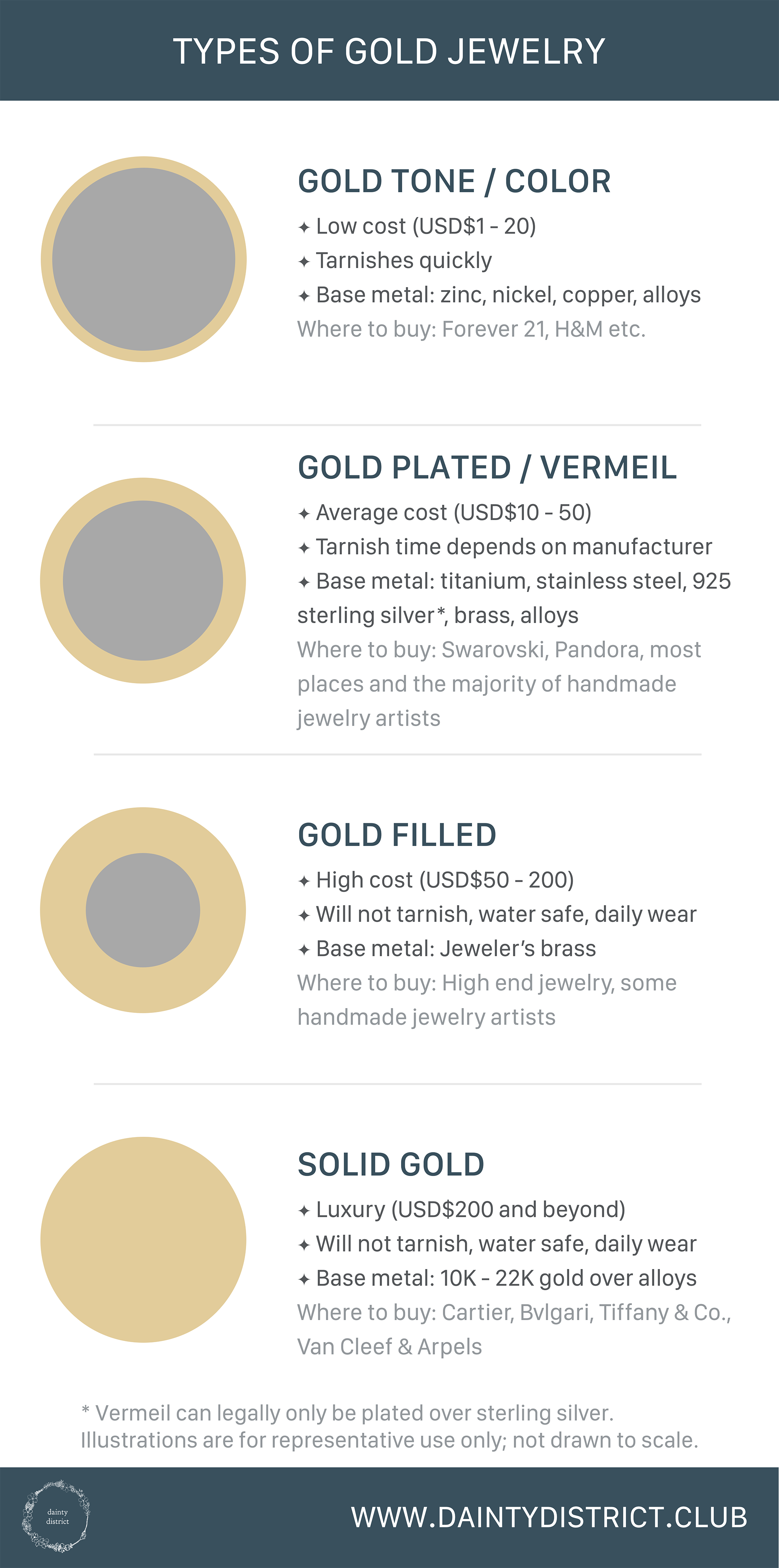
For those prone to allergies, this guidepoint is crucial when choosing between gold filled and plated options. Caution is advised to ensure comfort alongside aesthetic appeal.
Popular Uses of Gold Filled and Gold Plated Jewelry
The versatility in use and design makes both types of jewelry popular. Analyzing the common applications of gold filled vs gold plated can assist in making better selection decisions.
Common Applications for Gold Filled Jewelry
Gold filled jewelry is commonly used in everyday accessories, including bracelets, necklaces, and earrings. Due to its robust construction, it is favored for pieces that receive regular wear. Its ability to withstand the elements makes it ideal for people seeking durable yet beautiful items.
Moreover, artisans often prefer gold filled materials for crafting intricate designs, as the material allows for detailing without sacrificing quality. This has solidified its place in the jewelry industry as a cherished and practical choice.
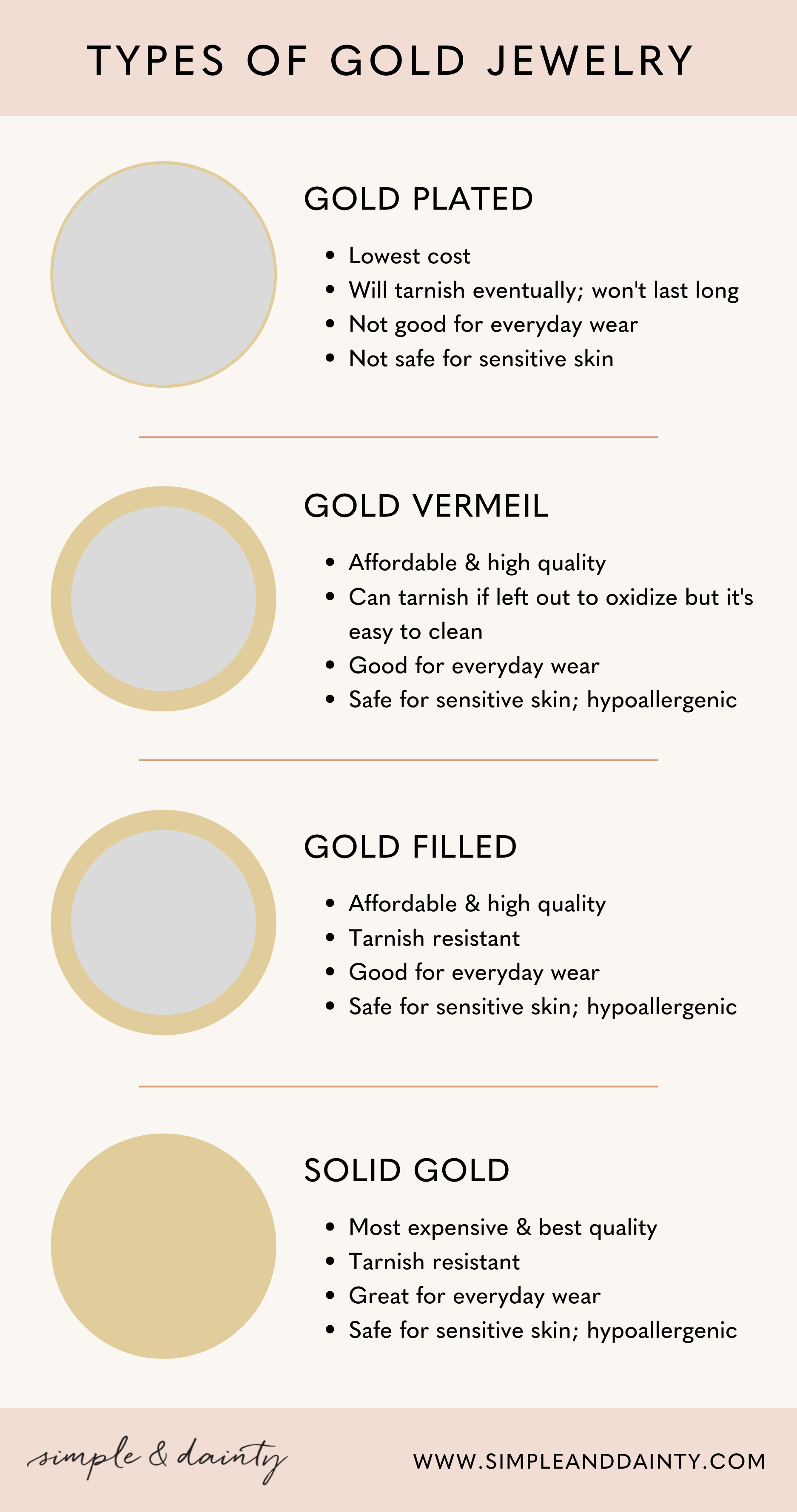
Widely Used Gold Plated Jewelry
Gold plated jewelry can be found in trendy, affordable fashion items that are perfect for special occasions or for those looking to experiment with different styles. While not intended for everyday wear, these pieces provide an easy, accessible way to enjoy the aesthetic of gold without a significant investment.
Earrings, costume jewelry, and trend-driven pieces commonly use gold plating, appealing to a younger audience or those seeking stylish items for brief wear. This trendiness, however, comes with the understanding that the longevity may not match that of gold filled pieces.
Value for Money: Comparing Gold Filled and Gold Plated Jewelry
Understanding the overall value of the jewelry is paramount in choosing between gold filled vs gold plated pieces. Evaluating value juxtaposes long-term costs with aesthetics.
High Value of Gold Filled Jewelry
Investing in gold filled jewelry often results in better long-term value. The initial cost offers good quality coupled with longevity. Given their enhanced durability and aesthetic appeal, these items retain value well, making them a worthwhile investment.
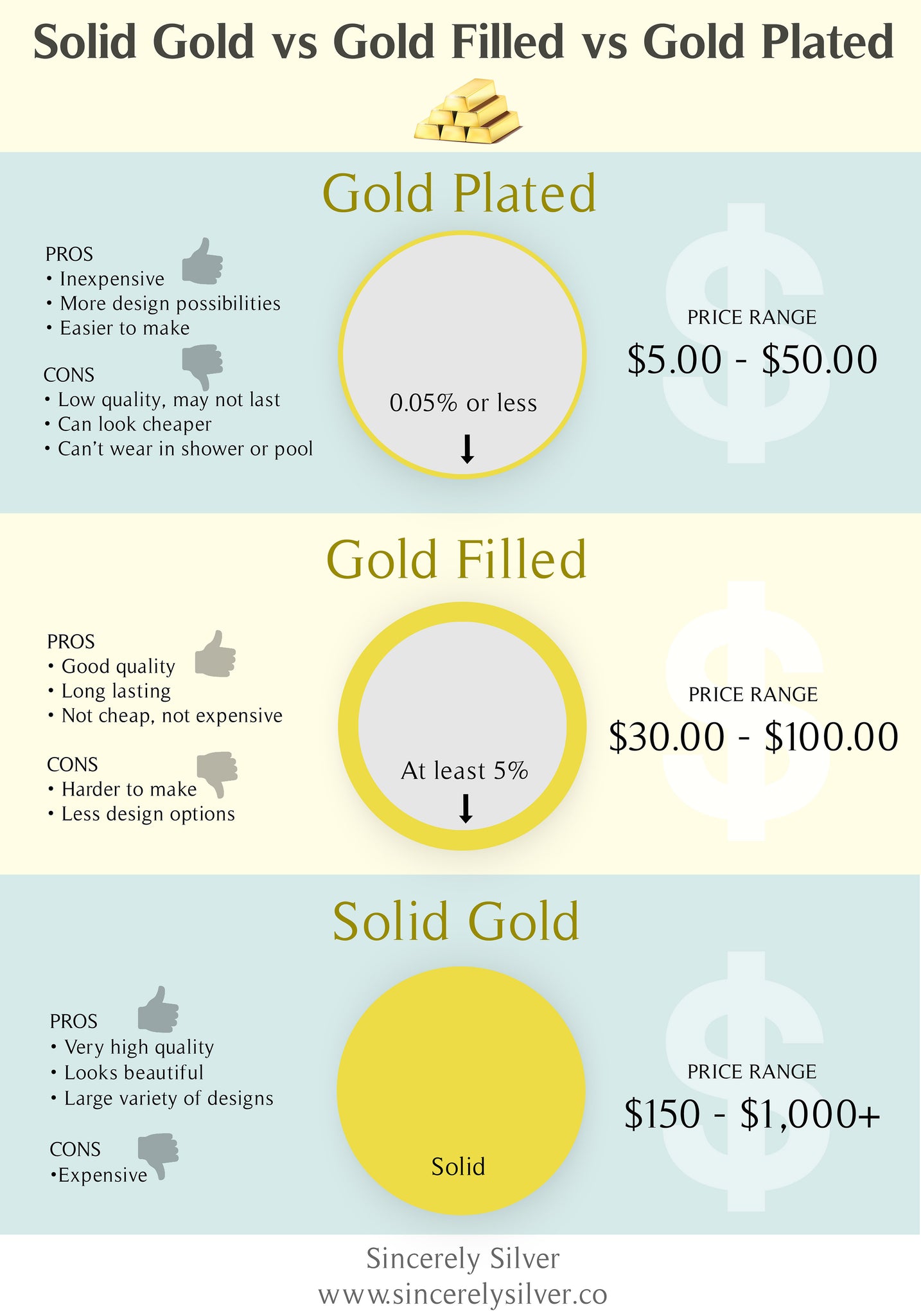
Adopting gold filled jewelry into one’s collection signifies a commitment to quality without incurring the costs associated with solid gold items, providing a satisfying balance of elegance and economy.
Cost-Effectiveness of Gold Plated Jewelry
While gold plated jewelry is more cost-effective up front, its short lifespan means the money saved initially might not translate into overall value. Frequent replacements may lead to a higher cumulative expenditure, diminishing its appeal as a budget-friendly option over time.
For buyers seeking short-term fashion statements, gold plated pieces may suffice. However, for those looking for a lasting addition to their collection, the value may not measure up against the advantages offered by gold filled jewelry.
Transforming your understanding of gold filled vs gold plated provides clarity on the essential differences between these two popular jewelry options. Knowing their unique benefits allows jewelry enthusiasts to make informed choices and select pieces that best match their style and budget.
